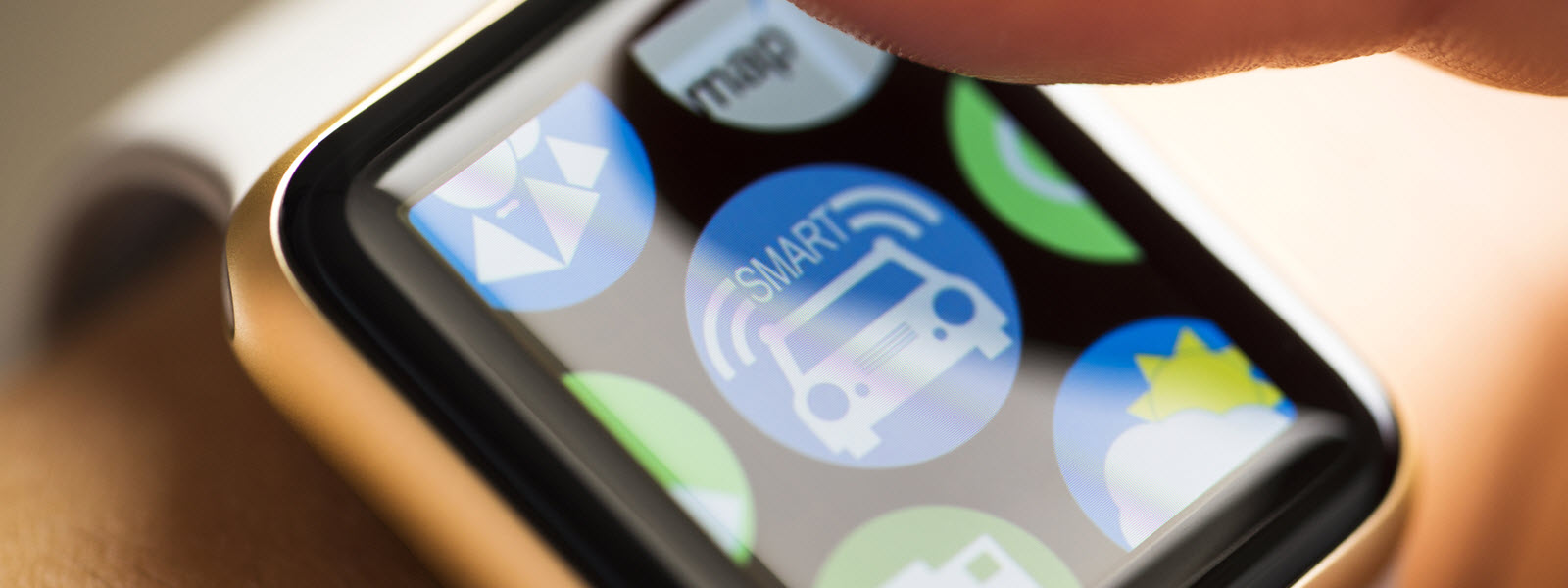Futuristic cars portrayed in movies and TV shows years ago had some thinking our cars would fly instead of drive by 2017.
Over the past few years, the evolution of connected cars has married consumer technology with our primary mode of transportation. And just on the horizon are cars that will be self-driving.
Vehicles rolling off the factory lines today are equipped with technology, like the ability to connect to WiFi. (The connected consumer never wants to be without an internet connection!) Including this technology allows connected cars to interact with other devices – mobile phones, other cars, or even infrastructure elements.
As the Internet of Things continues to evolve, it will undoubtedly raise the bar for the connected cars with which we’re already familiar.
IoT Accelerates the Digital Transformation of the Automotive Industry
In the consumer space, connected cars are emerging as an IoT industry leader, placing the automotive industry among the top segments for IoT adoption over the next five years.
By 2025, there will be 300 million connected cars, up from 37 million in 2016. – ON World
Here are a few examples of IoT you will find in today’s vehicles:
- Smart cars with built-in sensors that capture information in real-time, prompting the owner with diagnostic information to stay ahead of maintenance, monitor gas/oil/fluid levels and engine temperature, guide rear-view cameras and proximity sensors for parking and aid in blind-spot detection
- Connected cars send information to manufacturers with real-time data, sharing insights on developing more accurate predictive maintenance models – speed of data allows them to respond quickly to any issues found
- Rather than relying on check-engine lights, connected cars provide an efficient way for manufacturers to communicate problems with drivers, such as sending a calendar appointment to bring the car into nearest dealer for servicing
- Predictive collision avoidance using advanced sensors, big and fast data, and car-to-car connectivity
- Testing and prototypes to develop self-driving vehicles
IoT solutions will benefit your organization when you’re thoughtful about the purpose and role that they play. When you build integrated platforms for the full IoT life cycle – data management, analytics, and decision support – the opportunities are endless.
Learn more about The Why, What, and How of IoT: 50+ Examples Across 11 Industries. This guide reveals 5 considerations for establishing IoT solutions and outlines a strategic process for implementing IoT.


Awesome blog. I enjoyed reading your articles. This is truly a great read for me. I have bookmarked it and I am looking forward to reading new articles. Keep up the good work!IoT in Automotive Sector